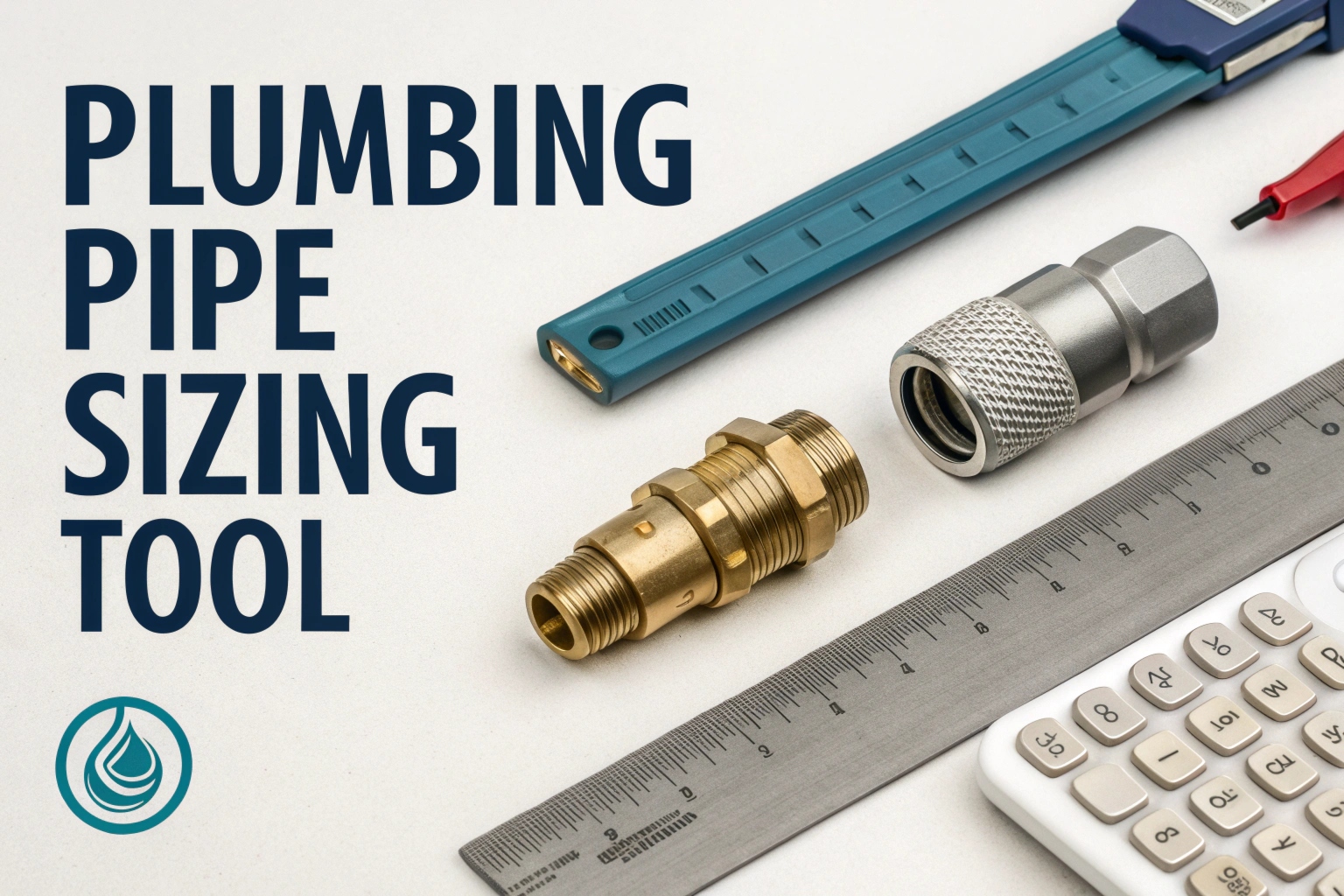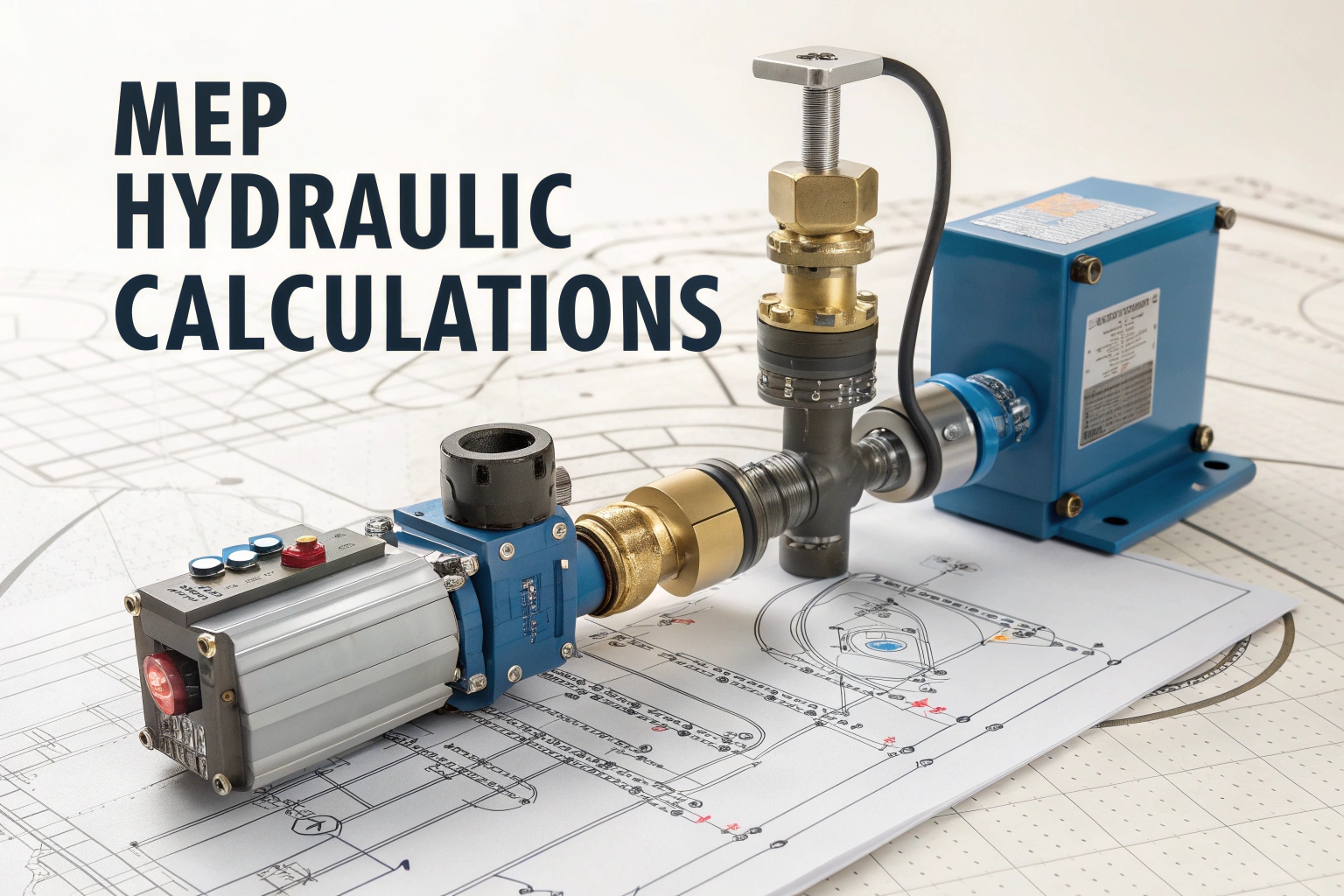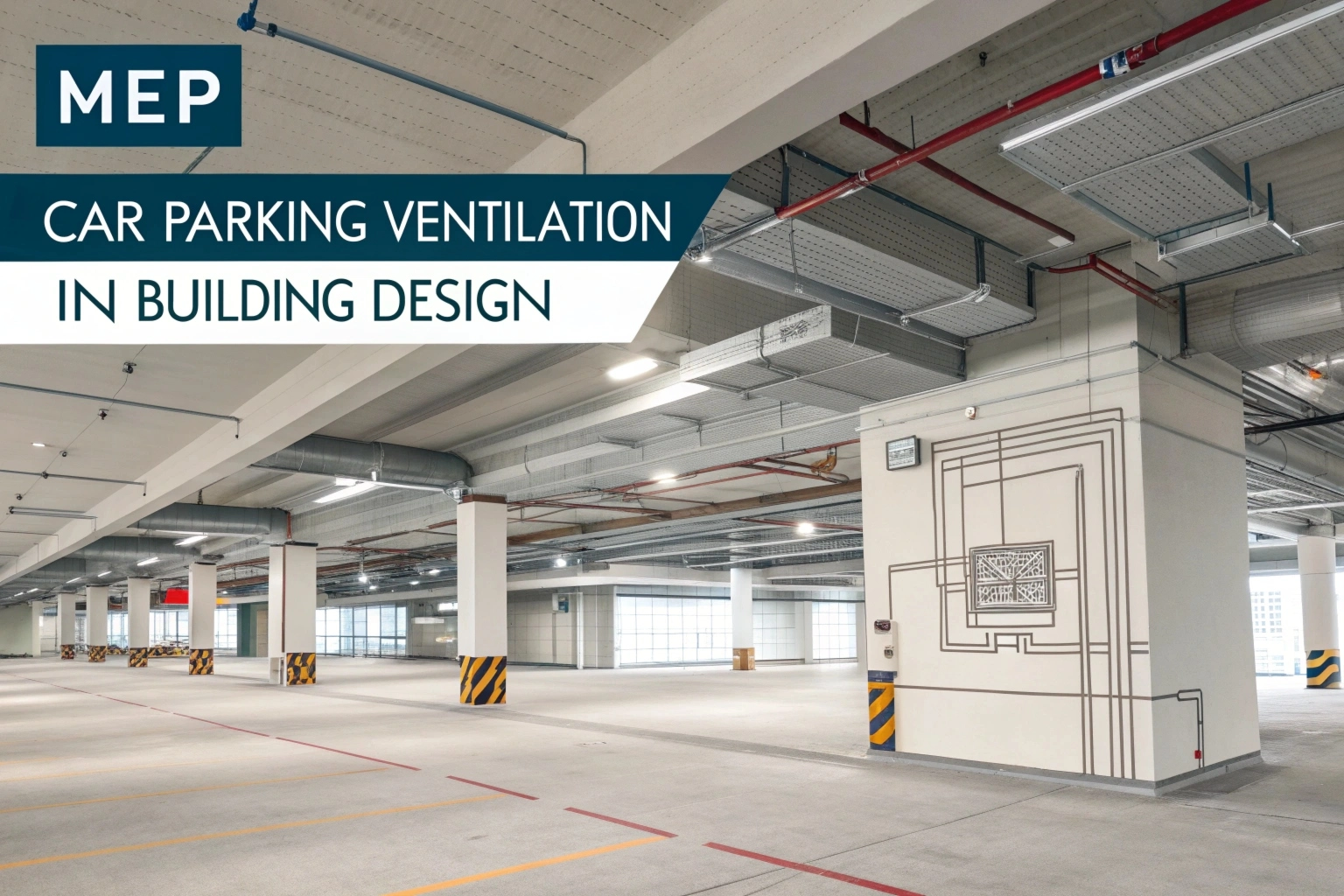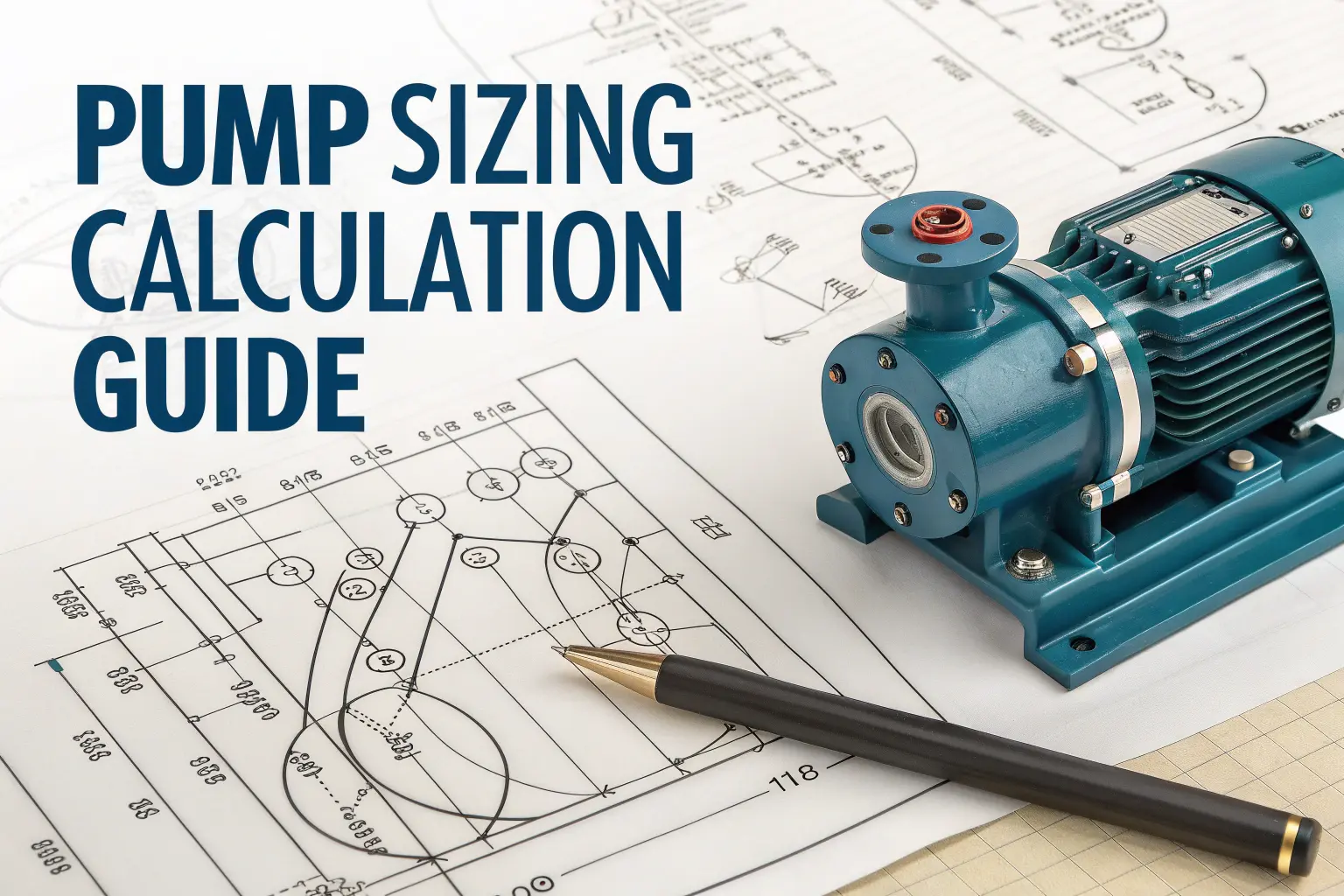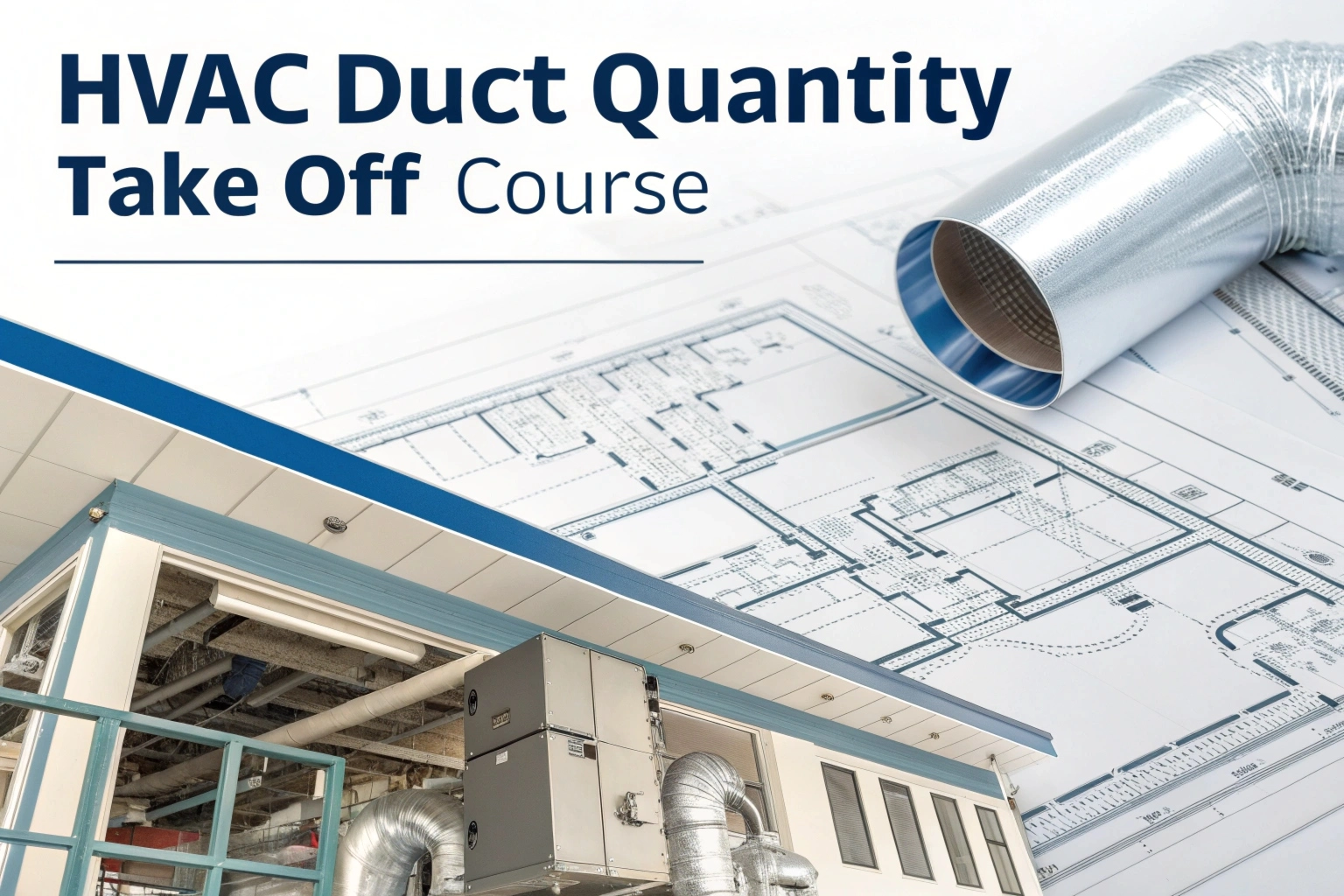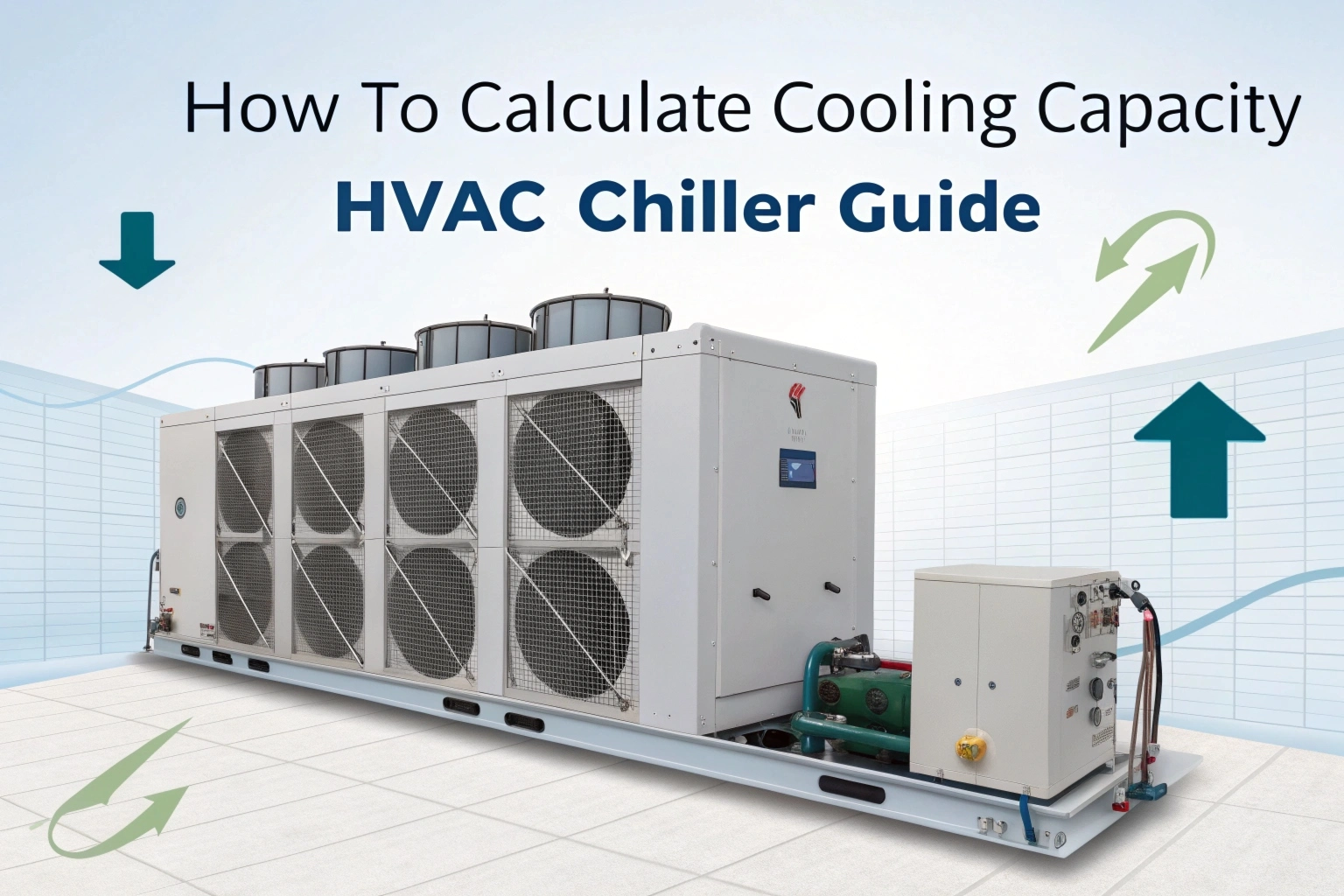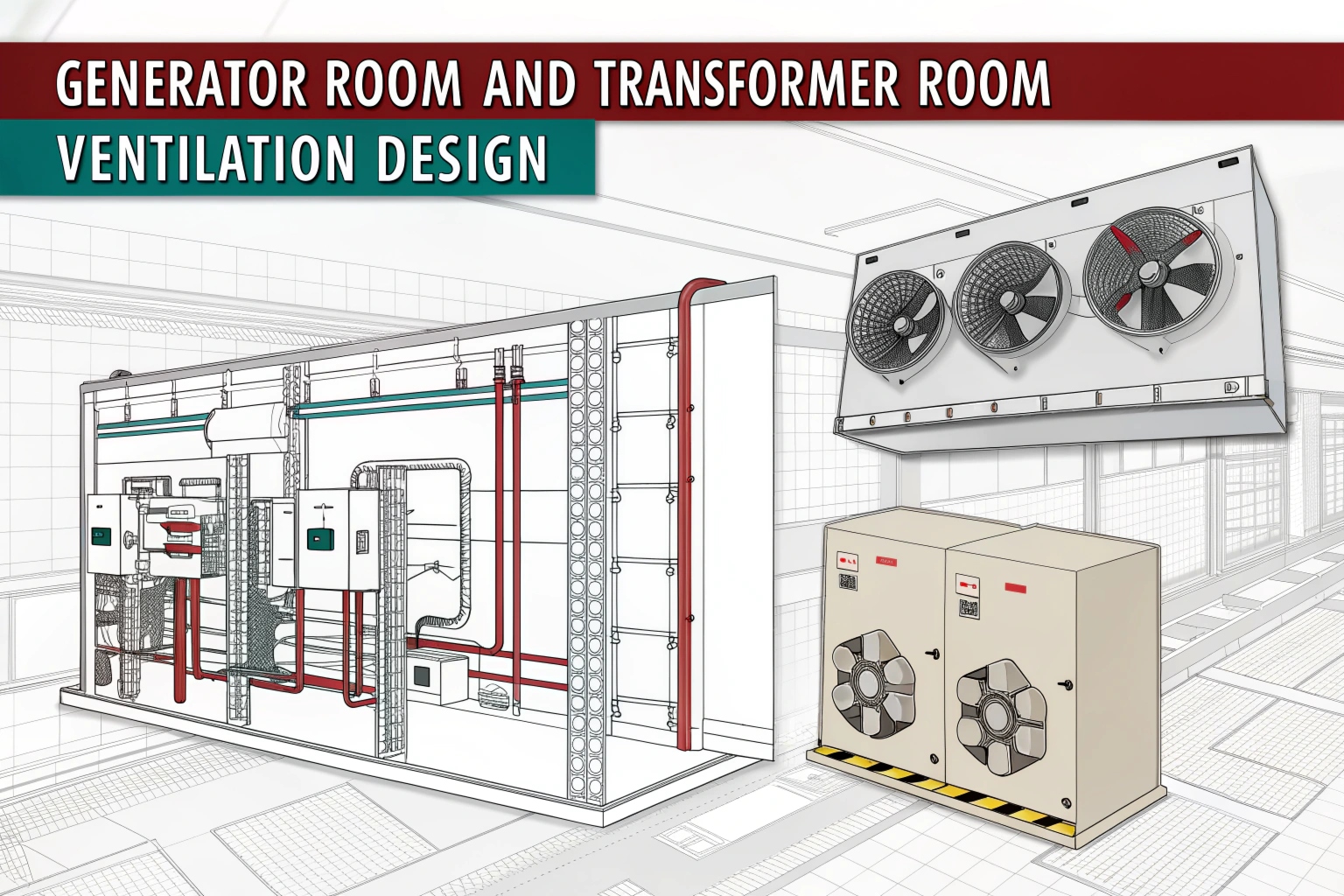Medical compressed air is one of the most important utilities used in hospitals and healthcare facilities. Even though we can’t see it, medical air plays a big role in keeping patients safe and supporting various medical procedures. I will break it down in the easiest possible way to understand what it is, how it works, and why it is very essential.
What Is Medical Compressed Air?
Medical compressed air is clean, dry, and pure air that is supplied to hospitals through pipelines. It is not the same as normal compressed air that is used in factories. Medical air must be completely safe for humans to breathe or to use in medical machines.
This air is produced using compressors, treated through filters and dryers, stored in tanks, and then supplied to different areas like ICUs, operation theatres, and patient rooms.
Where Is Medical Compressed Air Used?
Medical air is utilized for multiple purposes in a hospital setting. Some of its common uses include:
- Breathing support equipment
- Surgical tools in operation theatres
- Ventilators for patients
- Nebulizers and respiratory treatments
- Medical gas mixing and calibration
- Driving pneumatic medical devices
Due to these uses, the air must be pure and follow strict international medical standards.
How Is Medical Air Produced?
Producing medical air is not just about compressing air. It goes through many steps so that the final air quality is safe for patients.
1. Air Compressors
The process begins with compressors that suck air from the environment and compress it at high pressure. Medical facilities usually use oil-free compressors to avoid contamination.
2. Air Treatment System
After compression, the air passes through:
- Filters – to remove dust and bacteria
- Dryers – to reduce moisture
- Carbon filters – to remove odors and chemical vapors
This makes the air clean and safe.
3. Storage and Distribution
The clean air is stored in compressed air tanks. From there, it is distributed through a medical gas pipeline system that reaches different hospital departments.
Why Purity of Medical Air Matters
Medical air must meet strict purity standards because patients depend on it. If the air contains harmful particles, oil, or moisture, it can cause:
- Breathing problems
- Infections
- Damage to medical equipment
This is why hospitals follow NFPA 99, ISO 7396-1, and HTM standards for medical air quality.
Common Problems in Medical Air Systems
Even though medical air systems are designed with safety in mind, problems can still occur if they are not maintained properly. Some common issues include:
- High moisture in pipelines
- Bacterial contamination
- Pressure drops
- Faulty dryers or filters
- Leakage in pipelines
Regular inspection and servicing help avoid these problems.
How Hospitals Ensure Safety
Hospitals take many steps to keep their medical air pure and safe:
- Regular compressor maintenance
- Filter replacement schedules
- Online monitoring systems
- Backup compressors and storage tanks
- Annual testing of air quality
Because patient safety is the highest priority, hospitals never take risks with medical gas systems.
Medical compressed air is a critical part of hospital infrastructure. It supports patient breathing, helps doctors perform surgeries, and powers different medical devices. Although it seems simple, the process behind producing clean medical air is highly controlled and follows strict standards. With proper maintenance and monitoring, hospitals ensure that medical air remains safe for everyone who needs it.
You can download files from the given link below.



